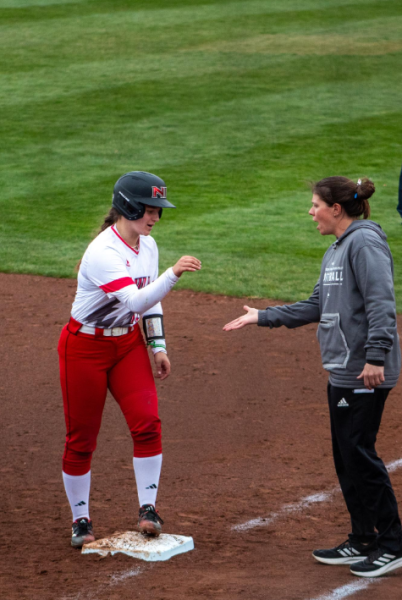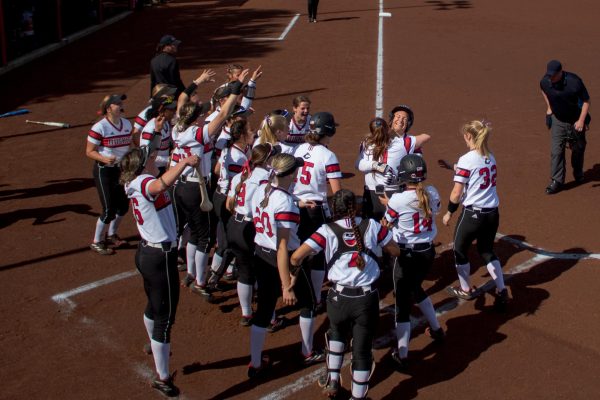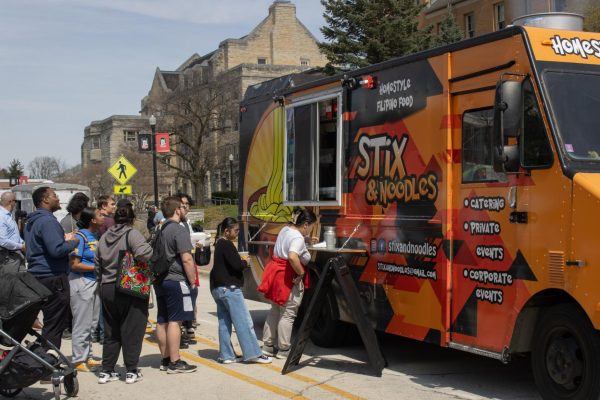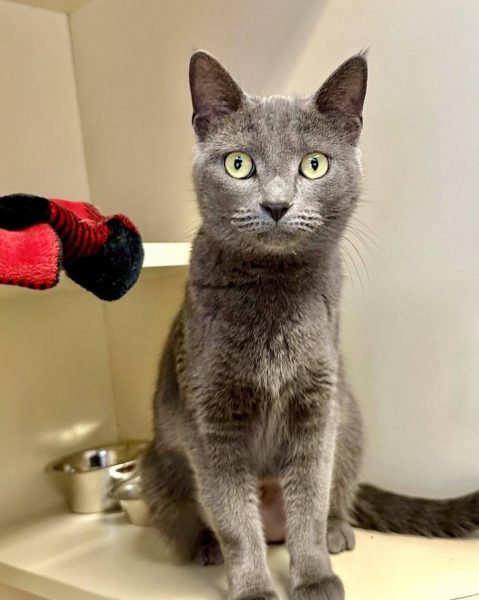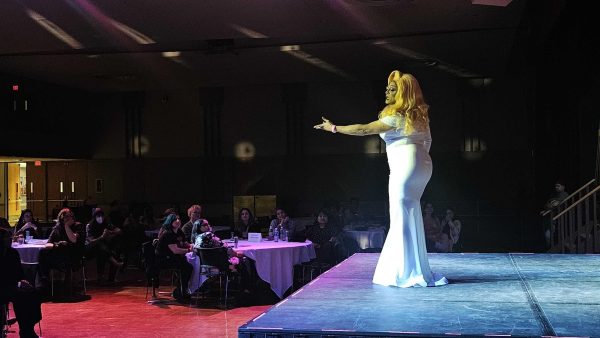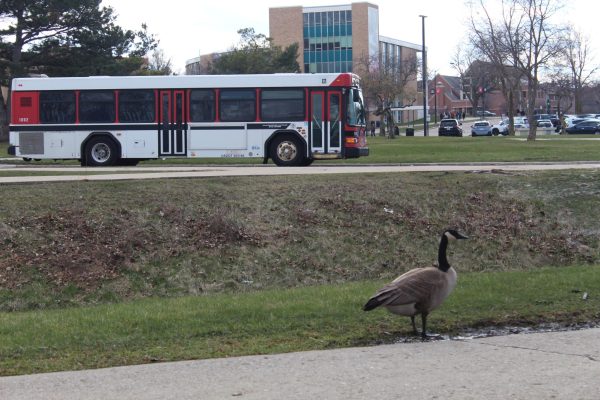Special education system needs improvement
February 24, 2013
There are two things wrong with special education: It’s not special and it’s not education.
What I mean by that is our special ed programs need work. Although many may come up with causes and solutions, touting facts and statistics, I believe that one of the biggest barriers of modern special education is what they call “inclusion.” Inclusion is the practice of educating students with disabilities in the same classes as students without them.
Present laws encouraging “inclusion” of children with disabilities are part of a noble pursuit but one that is misguided.
One such case is nicknamed PJ’s law after the case that brought it into existence, PJ v. the State of Connecticut.
According to Jennifer Laviano, an attorney in Connecticut, this law encourages school districts to eliminate all self-contained special needs programs and place students with intellectual disabilities is regular education classrooms.
Although the idea appears to be positive, it has negative consequences for special education programs.
Just as children labeled “gifted” are given instruction separate from that of regular education, the same should be in place for students with intellectual disabilities.
According to Jerry Webster for About.com, there are two basic models for special education inclusion. One, which he calls “Push in,” places children with intellectual disabilities in a classroom with a special education teacher for part of the day. They work specifically on goals from the child’s Individualized Education Plan.
“Full inclusion,” which is what the PJ Law dictates in Connecticut, places children into regular education classroom all day with support from a partner teacher licensed to teach special ed.
It is obvious to me why school districts implementing the “full inclusion” model will be below par. In this model, there is simply not enough one-on-one interaction for children who need it.
Many may argue that full inclusion will reduce the stigma placed on students in special education, but I disagree.
I think that in the totally inclusive atmosphere, students will see children with intellectual disabilities struggling to understand material that others can breeze through.
They will see these kids as needing extra help from a trained teacher. Like I said before, the stigma will not go away; it will be enhanced.
The most devastating aspect from this type of thinking is the depersonalization of the education system.
In education, there continues to be less one-on-one help and more large classes.
And although general education will suffer from ideas like this, the results in special education will be amplified.
When I was in elementary school, I was in the special education program, and as a special education major and someone who went through this program in a public school, I know that nothing can beat one-on-one interaction.
Now, I do admit that some inclusion and peer-to-peer interaction is good; however, it just doesn’t make sense to make special education more general.





